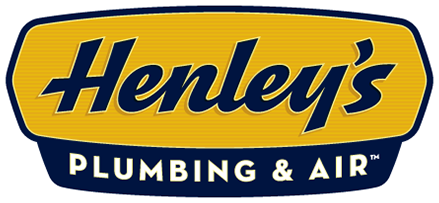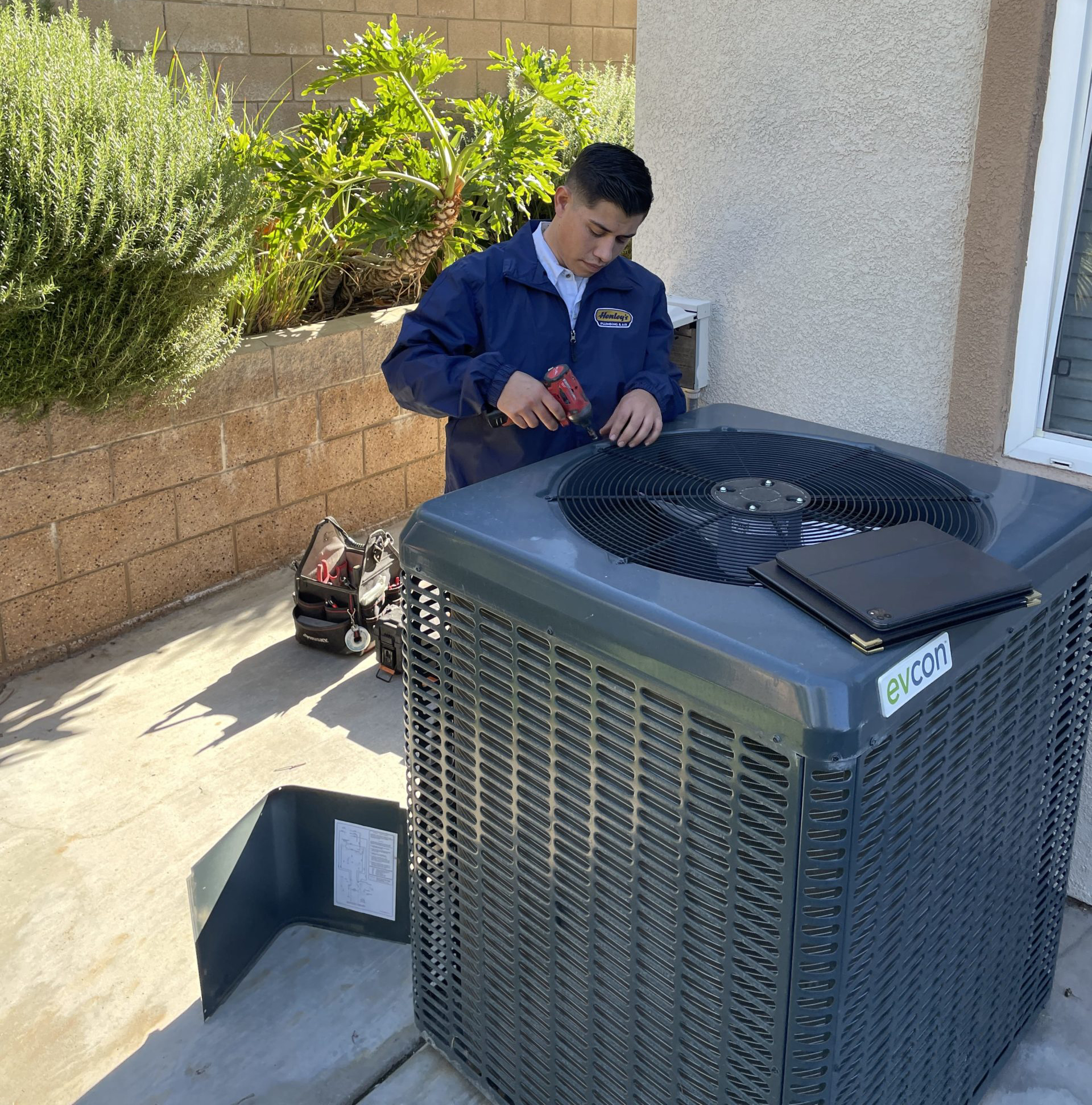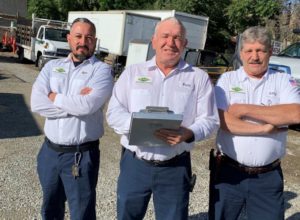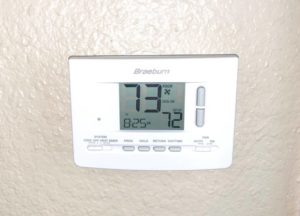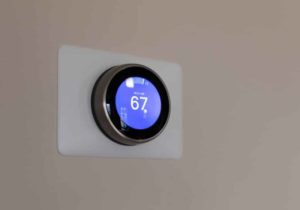Has your home been feeling like a sauna lately? Do you find yourself waiting and waiting for relief after turning on your AC? You might wonder if there’s a typical timeframe for your air conditioning to cool your home.
Cooling times vary based on several factors, but one thing’s certain — it shouldn’t take all day to feel comfortable again.
How Long Should Your AC Actually Take to Cool Your Home?
Your AC system needs time to lower your home’s temperature, especially during a heat wave. Most homes should feel noticeably cooler within 15-30 minutes after turning on the air conditioning, but there are pretty wide error bars with those timeframes. That said, it shouldn’t take half of the day to go down to a reasonable temperature if your home is properly insulated, has a strong enough AC, etc.
What impacts home cooling speed? The efficiency of your system plays a huge role, as newer, high-efficiency units with proper airflow can cool spaces much faster than older models struggling with airflow problems or refrigerant issues. Your home’s layout matters, too, with open floor plans taking longer to cool than homes with separate rooms where you can focus the cooling.
Temperature settings make a difference as well. If you set your thermostat to 72°F when it’s 95°F outside, your system will need more time than on a milder 85°F day.
Why Your Home Might Take Forever to Cool Down
If your home feels like it’s taking all day to cool, several issues might be at play. Poor insulation ranks among the top culprits. If your cool air is escaping through gaps, cracks, or insufficient wall insulation, your AC will run continuously without making much progress. Think of it like trying to fill a bathtub with the drain partially open.
An undersized AC unit simply can’t keep up with your home’s cooling needs. Every house requires a correctly sized system based on square footage, ceiling height, window placement, and local climate. If your previous owner installed a too-small unit to save money, or if you’ve added onto your home since installation, your system might be fighting a losing battle.
Dirty air filters create another common roadblock to efficient cooling. When dust and debris clog your filter, airflow decreases dramatically, forcing your system to work harder while delivering less cooling power. This issue compounds when your evaporator coils get dirty, as they can’t efficiently transfer heat out of your home.
Factors That Determine How Quickly Your AC Cools
Your house size directly impacts cooling time, and it’s pretty obvious if you think about it, right? A 3,000 square foot home naturally takes longer to cool than a 1,200 square foot apartment. Even something like the layout matters, as two-story homes often develop hot spots upstairs due to the heat’s natural tendency to rise.
During extreme heat waves, your system works much harder against the temperature differential. High humidity makes cooling feel slower, too, as your AC must remove moisture from the air in addition to lowering the temperature.
Window placement and sun exposure can’t be overlooked. South and west-facing windows let in substantial heat during afternoons, making cooling more challenging. Older single-pane windows transfer outdoor heat much more readily than newer double or triple-pane options with low-e coatings.
Simple Ways to Help Your AC Cool Faster
Using ceiling fans strategically creates an immediate cooling effect and helps distribute conditioned air throughout your space. The wind-chill effect makes rooms feel 4-6 degrees cooler without changing the actual temperature, allowing you to set your thermostat higher while maintaining the same level of comfort.
Proper thermostat scheduling saves energy and improves cooling efficiency. Rather than turning off your AC completely when you leave home (forcing it to work overtime when you return), set the temperature 7-10 degrees higher during away hours. Smart thermostats make this process automatic and can learn your preferences over time.
Blocking direct sunlight with curtains, blinds, or window films dramatically reduces the solar heat gain in your home. This simple step can lower indoor temperatures by 5-10 degrees during peak sun hours, giving your AC system a fighting chance during heat waves.
Regular maintenance keeps your system running at peak performance. Changing air filters monthly during heavy use periods improves airflow substantially. Having a professional clean your evaporator coils annually prevents the buildup that slows heat transfer and reduces efficiency. Also, sealing and insulating your ducts prevents wasteful leakage that makes your system work harder.
Warning Signs Your AC Needs Professional Help
You know your home best. If your AC used to take an hour to cool, but now it’s taking 3-4 hours to cool your home from similar temps, something’s likely wrong with your system. This slow cooling, especially when combined with higher-than-normal energy bills, suggests your AC is working overtime with reduced efficiency.
Uneven cooling between rooms often points to airflow problems, duct issues, or an improperly sized system. If your living room feels fine but bedrooms remain stuffy, your system needs attention. Similarly, if your AC runs constantly without reaching the set temperature, it’s crying out for help.
Need Help Keeping Your Cool? Call Today!
When your AC isn’t cutting it anymore, don’t sweat it out. Henley’s Plumbing & Air provides professional AC maintenance to tune up your existing system for maximum cooling power. We also offer complete AC installations when you’re ready to upgrade to a more powerful, efficient cooling solution for your home.
Our cooling experts serve homeowners throughout Corona, Norco, Eastvale, Yorba Linda, Placentia, Anaheim, Riverside, Rancho Cucamonga, Ontario, Upland, Fontana, San Bernardino, Redlands, Highland, and Yucaipa. Call today to feel cooler tomorrow!
